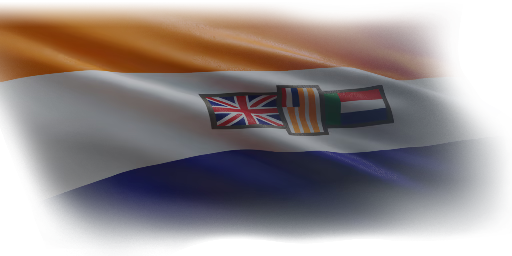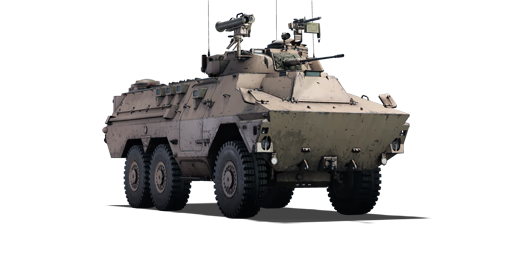The Ratel family of IFVs came to be in 1976 in South Africa to meet the needs of the South African Army. It pioneered many different areas of IFV development, such as being the first IFV in the world of a wheeled design to enter service worldwide, and the introduction of mine-protecting hulls on IFVs. The choice of a wheeled hull was due to the region's expansive deserts and relative lack of harsh terrain, as well as the longevity provided by wheels over tracked vehicles of similar types in maintenance. The Ratel 20 was the base variant of the Ratel family of IFVs, equipped with a 20 mm autocannon and MILAN anti-tank guided missiles. During its service with various militaries and international organizations, some of which still use the Ratels in active service, the Ratels provided valuable mobility and firepower to the lowest levels of the army, but were also often forced into situations beyond what they were originally designed for.
The Ratel 20 was introduced in Update "Ixwa Strike". Keeping in line with the previous Ratel 90, it is in terms of chassis virtually unchanged. The only noticeable difference from the Ratel 90 is the turret and as a result the tank's armament, switching out the low velocity 90 mm gun for the original base configuration of a 20 mm autocannon and 7 MILAN ATGMs. This brings with it some playstyle changes, such as being able to use terrain more aggressively due to the increased gun depression and possibility of launching anti-tank missiles without presenting an easy target at short range, while losing the ability to directly go through enemies as the autocannon is not strong enough to fight medium tanks head-on. As the hull is underpowered for both the Ratel 20 and 90, it is recommended that you pick ground that has relatively mild terrain features (but not none) to utilize your tank's above average gun angles but also level enough that your tank doesn't struggle moving up and down a hill.
















